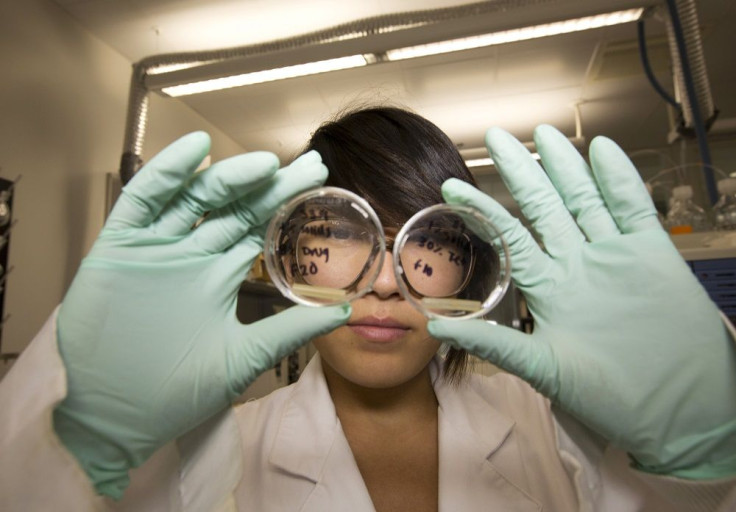Memory Alloy Made From Base And Transition Metals To Find Greater Use In Medical Field

A new alloy produced recently by engineers will soon be used widely in the medical field, BBC reported. The alloy proved to be the most resilient material on record, which "springs back into shape even after it is bent more than 10 million times."
According to Science Magazine, although most shape memory alloys can go back to their shape once or a few times, the new discovery showed that it could bounce back when bent a million times.
The alloy is made up of nickel, copper and titanium, which can be applied in several areas, aircraft parts, artificial heart valves and refrigerators, the BBC report added. As it is, shape memory alloys are the choice material for heart stents. Web MD describes stents as "small expandable tubes used to treat narrowed or weakened arteries in the body."
Professor John Huber, a materials engineer at the University of Oxford, told BBC that "normal shape memory alloys show quite significant changes in their properties over a small number of cycles." He explained, "The properties decay away. [Ten million] is what you start to need for cyclic applications—it gets you into the high cycle fatigue regime. That opens up potentially quite a lot of applications.”
The new resistant alloy could be used in the wing flaps of an aircraft, spacecraft and in artificial heart valves, the report added. Many different materials are used in the creation of artificial heart valves, and one of these are metal alloys, consisting of stainless steel or titanium. However, the new material will give the artificial heart valve more mechanical strength and durability than the said alloys.
Most of the metals used in everyday living is made up of alloys. Alloys can be made of a combination of chemical elements and one of it can be a metal or two. It can be made from metals such as aluminium, gold, nickel, copper and titanium.
Two of the most sought-after metals are copper and nickel. According to Ins.org, global nickel production stood at 1.416 million tonnes in 2007. Production slowed down, but recovered in 2010 at 1.446 million tonnes, and to 1.589 million tons in 2011. On an annual average, the growth in nickel production between 2001 and 2011 was 3.7 per cent.
Russia is one of the biggest producer of nickel, with mining companies such as Amur Minerals Corporation (London AIM:AMC) emerging to provide more supply to worldwide demand. The company's principal asset is the Kun-Manie sulphide nickel-copper project located in the federal subject of Amur Oblast in the Russian Far East.
To contact the writer, email: vittoriohernandez@yahoo.com






